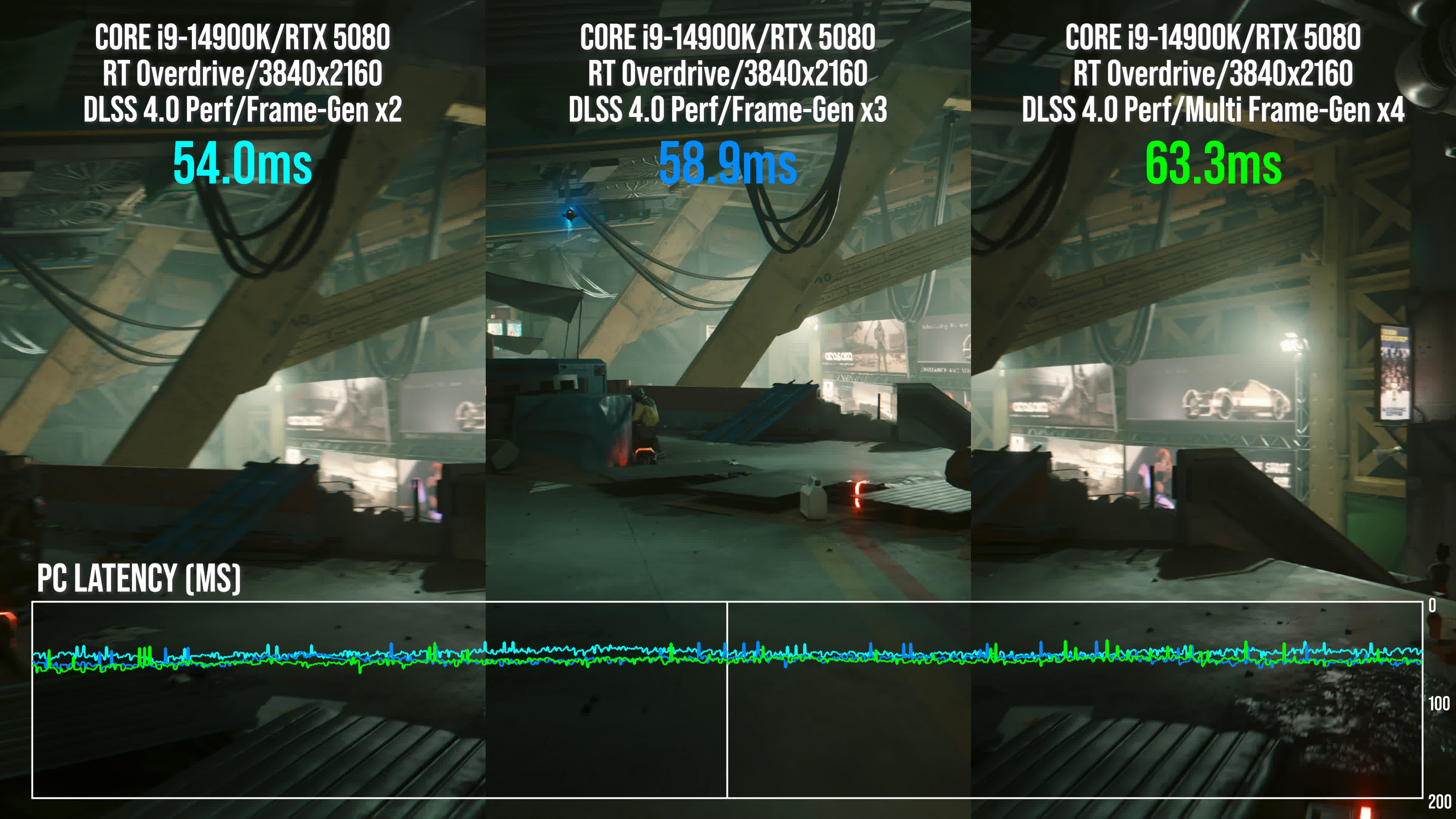News Roundup of the Week: Metas Content Shake-Up, Nvidias Gaming Revolution, and More
Home News Roundup of the Week: Metas Content Shake-Up, Nvidias Gaming Revolution, and More News News Roundup of the Week: Metas Content Shake-Up, Nvidias Gaming Revolution, and More9 min read Published: January 9, 2025 Key TakeawaysMeta Overhauls Content Moderation Policies, Axes Fact-Checkers.U.S. Adds Tencent and CATL to Military-Linked Firms List.Getty Images and Shutterstock Merge to Form $3.7 Billion Giant.Dana White Joins Metas Board amidst the transition of the Trump Administration.Nvidias New Gaming Chips Bring AI Power to PCs.Missed out on the key developments this week? Check out the top five news headlines you should know, as we get you covered!Meta, the parent company of Facebook, Instagram, and Threads, is making sweeping changes to its content moderation policies, which has already sparked widespread debate.Recently, Mark Zuckerberg announced that Meta would be removing fact-checkers from Instagram and Facebook in an effort to prioritize free speech. While these measures will initially kick in the US, they will gradually be expanded globally.Instead of having fact-checkers, Meta will rely on a Community Notes system, which was previously used by X (formerly Twitter). With this approach, users will be able to add context and flag fake posts. However, critics are worried about the spread of misinformation due to the absence of fact-checkers.Zuckerberg, too, acknowledged the challenges involved with this approach, admitting that the platform would probably catch less bad stuff like severe violations of policies or illegal content.However, they are designing a new approach to reduce erroneous censorship and make room for more political content on Meta platforms. This way, the platform is preparing itself to support discussions on sensitive issues like gender and immigration.The content moderation teams of Meta will relocate to Texas from California. This move will address concerns about perceived political bias. The company also plans to stop proactively flagging policy violations in certain areas. Meta will be relying on reports from its users to manage infractions that are less severe.The ongoing changes of Meta coincide with a broader strategy to reintroduce political content to users feeds after the platform opposed it for years. Meta believes this move will lead to more engagement while respecting the preferences of users regarding what they see.Zuckerberg came up with this shift as a response to mounting global regulations on online content, particularly in Europe and Latin America, which he considers restrictive.On the other hand, critics suggest that this measure would make Meta platforms more susceptible to abuse and harmful content.Tencent and CATL Added to Pentagons Military-Linked Companies List Amidst US-China Tech TensionsThe U.S. Department of Defense has placed Chinese tech giants Tencent and CATL on its list of companies that it believes to have links with the PLA. While Tencent is a gaming giant and a social media platform, CATL happens to be the largest battery manufacturer in the world. These two companies have been added to the updated Section 1260H list, which is revised annually.This approach is a part of the Pentagons effort to counter the Military-Civil Fusion strategy of China. Its goal is to identify companies that have been helping the Chinese military to modernize by collaborating with civilian industries.Interestingly, Tencent is the parent company of WeChat and a stakeholder in global gaming hits like PUBG and Fortnite. The gaming giant denied the claims, calling that its inclusion in the 1260H list was a mistake. The company plans to work with the Pentagon to resolve the misunderstanding. Tencent may also proceed to take legal action if needed.As the worlds largest EV battery maker, CATL supplies its products to top companies like Ford and Tesla. It also refuted any involvement in military-related activities in China and stated that it would contest the designation.No immediate sanctions on these companies will be made after the Pentagon updated its list, but the move significantly impacted the reputation of these companies. The decision might discourage American businesses from engaging with them. Shares of Tencent fell 6.5% in Hong Kong, wiping $35.4 billion off its market value, while CATL saw a 4% drop in Shenzhen trading.This move from the Pentagon intensifies the ongoing rivalry between the US and China. Recently, Beijing banned exports of key EV mineral-extraction technologies and sanctioned seven American firms in retaliation for U.S. military aid to Taiwan.The US, on the other hand, has started controlling its semiconductor exports to China to slow its advancements in next-generation weaponry and AI development.Getty Images and Shutterstock Announce $3.7 Billion Merger to Counter AI DisruptionTwo of the largest stock photo and video providers, Getty Images and Shutterstock, have joined hands to counter disruption caused by AI in a transformative deal valued at $3.7 billion.Traditionally rivals, the two platforms have agreed to merge in a cash-and-stock transaction, announced last Tuesday. Following the deal, a new entity named Getty Images Holdings, Inc. will be created, and the business will continue operating under the ticker symbol GETY.The combined company will be led by Craig Peters, the CEO of Getty Images. As per the terms of the deal, shareholders of Getty Images will control 54.7% of the new entity.This merger comes amidst the global disruption caused by AI, which has been reshaping the stock image industry. Popular generative AI tools like MidJourney, Canva, and Dall-E are extensively being used to create custom images, which lands traditional stock image providers in mounting competition.The newly merged company aims to address these challenges and invest more in technology. The company now plans to integrate AI into its platform while expanding its library of visual content, comprehensively enhancing its offerings to users.Craig Peters stated that the merger was exciting and transformational. He pointed to its potential to deliver value to partners, contributors, and shareholders. Within the next three years, the merged company aims to achieve $150200 million in terms of cost synergies.Dana White, the president of the Ultimate Fighting Championship (UFC) and a vocal supporter of President-elect Donald Trump, has been appointed to the board of Meta.This appointment has been announced two weeks before the inauguration of the Trump administration. It comes at a time when Silicon Valley looks to mend its strained relations with the incoming administration.The selection of White demonstrates Metas consistent efforts to align with diverse leadership and strengthen its ties with influential figures. Mark Zuckerberg, the CEO of Meta, heaped praises on White as an entrepreneur who transformed UFC into one of the fastest-growing sports enterprises globally.White, on the other hand, seemed enthusiastic about his new role. He expressed his belief in the potential of social media and AI to revolutionize industries, including UFC rankings.This appointment invited controversy from various fronts. In the past, White had faced public criticism, including a backlash over his altercation with his wife during New Years Eve in 2021.However, his long-standing friendship with Trump, along with his significant influence in media and sports, positions him as a strategic addition to the board of Meta.The appointment of White comes at a time when Meta is undergoing a significant transformation. Zuckerberg explained the role of his board in creating fresh opportunities in AI, social media, and wearables.Some of the other board members include John Elkann, CEO of investment firm Exor and chairman of Ferrari, and Charlie Songhurst, a former Microsoft executive and AI strategist.With this expansion, Metas board now includes 13 members. It points to the ambitious approach of the company to diversify its expertise as it braces up for future opportunities and challenges.Nvidia Introduces New Gaming Chips Powered by AI Innovations at CES 2025Nvidia has released its new GeForce RTX 50-series gaming chips for desktops and laptops at CES 2025 in Las Vegas. It marks a significant leap in gaming technology, as the company integrates AI features from its data center GPUs.These chips are based on the advanced Blackwell architecture of Nvidia and have been designed to deliver unprecedented gaming performance. With realistic graphics and superior frame rates, gamers are set to enjoy a whole new experience with this launch.The chips are available in different configurations, which range from $549 to $1,999. They will be rolled out for desktops in January and for laptops in March. The flagship RTX 5090, retailing for $1,999, is twice as fast as its predecessor, boasting 92 billion transistors.It also supports features like DLSS 4, which is backed by AI. Thus, the chips ensure smoother gameplay and deliver better-resolution graphics. Developers can use these chips to integrate generative AI into games, thereby creating realistic faces for characters.Interestingly, the gaming division of Nvidia accounts for less than 10% of its overall revenue. This sector is largely overshadowed by its booming data center business.However, in the latest quarter, gaming sales of the tech giant soared by 15%. The RTX 50-series demonstrates how advancements in AI for data centers and enterprises trickle down to consumer products.Nvidia is also expanding its AI capabilities beyond gaming into sectors like robotics and automotive industries. The companys CEO, Jensen Huang introduced Cosmos, a foundation model for generating synthetic training data for robots and self-driving cars. Cosmos simulates real scenarios to reduce costs associated with traditional methods of gathering data.The company is also developing its first AI-focused desktop computer for developers, priced at $3,000. It integrates the same powerful chips used in data centers to ensure rapid testing and development of AI.With the companys stock hitting record highs, Nvidia continues to solidify its position as a leader in innovative technologies, driven by AI.Add Techreport to Your Google News Feed Get the latest updates, trends, and insights delivered straight to your fingertips. Subscribe now! Subscribe now Krishi is an eager Tech Journalist and content writer for both B2B and B2C, with a focus on making the process of purchasing software easier for businesses and enhancing their online presence and SEO. Krishi has a special skill set in writing about technology news, creating educational content on customer relationship management (CRM) software, and recommending project management tools that can help small businesses increase their revenue. Alongside his writing and blogging work, Krishi's other hobbies include studying the financial markets and cricket. View all articles by Krishi Chowdhary Our editorial processThe Tech Reporteditorial policyis centered on providing helpful, accurate content that offers real value to our readers. We only work with experienced writers who have specific knowledge in the topics they cover, including latest developments in technology, online privacy, cryptocurrencies, software, and more. Our editorial policy ensures that each topic is researched and curated by our in-house editors. We maintain rigorous journalistic standards, and every article is 100% written byreal authors.More from News View all News Zoho Launches Ulaa a Highly Privacy-Centered Browser Vlad MelnicJanuary 8, 2025News YouTube Rolls Out New Upgrades For Premium Subscribers Vlad MelnicJanuary 8, 2025News YouTube Rolls Out Multi-Language Audio Dubbing Feature Vlad MelnicJanuary 8, 2025 View all












